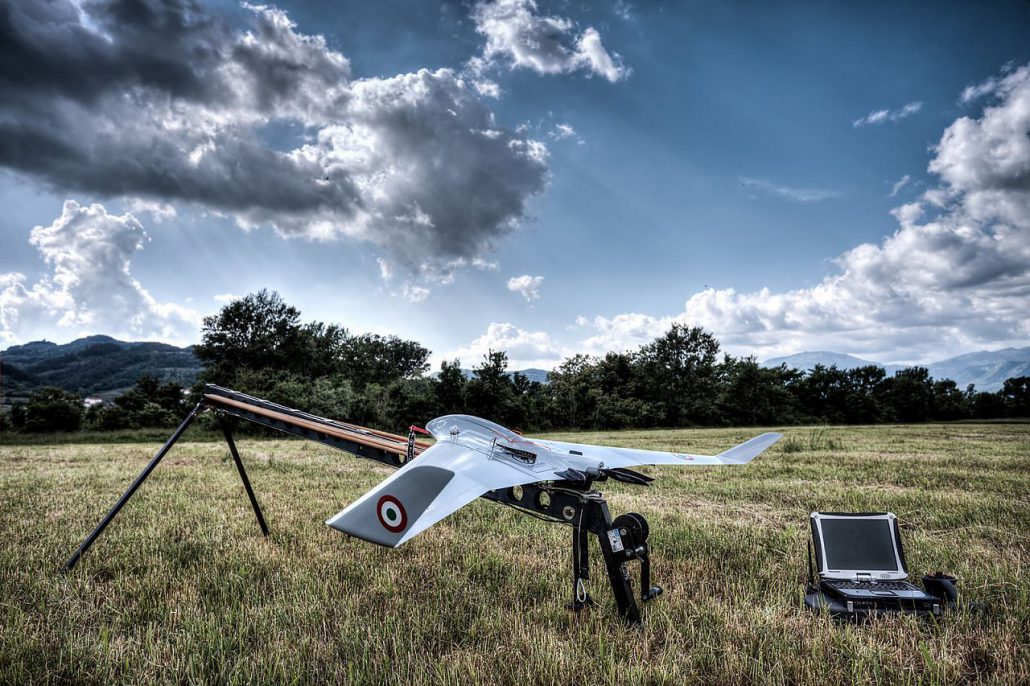Sky-High Innovations: How Drone Surveying is Transforming Construction

In recent times, drone surveying offers emerged as the game-changer in the particular construction industry, ushering in a fresh era of productivity and precision. While construction projects grow in complexity and level, the demand with regard to innovative technologies of which streamline operations and enhance data accuracy and reliability has never been more critical. Drones, equipped along with advanced mapping and imaging capabilities, happen to be transforming how surveyors gather data, examine sites, and control projects, reshaping standard methodologies.
Drone technology will be not just some sort of passing trend; it is revolutionizing the way professionals within the construction field run. With the capacity to quickly record high-resolution aerial imagery and produce comprehensive topographical maps, drones are proving being indispensable tools. They feature insights that once took weeks to accumulate, permitting faster decision-making and improved job management. As https://www.dreamlandsdesign.com/why-realtors-choosing-drone-services-survey-their-land/ delve deeper into the benefits of using drones with regard to surveying, it will become evident this technologies is here in order to stay, as well as effect on construction is only going to continue to increase.
Advantages and Applications associated with Drone Surveying
Drone surveying offers numerous benefits that are transforming the construction industry. First of all, drones substantially enhance accuracy plus precision in get surveys. Traditional surveying methods can become time-consuming and prone to human mistake, while drones employ advanced imaging plus mapping technologies offering high-resolution aerial files, ensuring that stakeholders have reliable details for decision-making. This particular elevated level associated with accuracy not simply helps in planning in addition to design but likewise reduces costly mistakes that could arise later inside the construction procedure.
Inside addition to increased accuracy, the performance of drone surveying is a game changer. Drones can cover large areas inside a fraction regarding the time it will take using conventional surveying techniques. This particular rapid data collection allows construction teams to assess web sites quickly, leading in order to faster project timelines and improved reference management. By significantly reducing how much fieldwork required, drones support to streamline procedures, allowing teams to pay attention to critical tasks of which matter most to project success.
Furthermore, typically the applications of drone surveying extend over and above just construction. Drones being used in diverse areas such while agriculture, environmental checking, and disaster supervision. For instance, gardening specialists utilize drones to assess plants health insurance and optimize makes, while environmental organizations monitor ecosystems and track changes in land use. Within disaster recovery, drones provide vital elevated assessments that support in planning and even rebuilding efforts. The particular versatility of drone technology blurs the lines between industrial sectors, highlighting its crucial role in modern surveying practices.
Comparative Research: Drones vs. Conventional Surveying
Traditional surveying strategies often rely on ground-based equipment plus manual measurements, which in turn can be time consuming and labor-intensive. Surveyors typically use equipment such as theodolites, total stations, and even leveling instruments, necessitating significant human suggestions for data selection and analysis. While these methods possess been proven trustworthy over time, they can be limited by challenging terrain or environmental conditions, and the scope of data protection is constrained by simply manpower and moment available.
In contrast, drone surveying leverages advanced technology to capture huge aspects of land quickly and efficiently. Drones furnished with high-resolution cams and LiDAR receptors can cover considerable sites in a new fraction of the particular time it would certainly take for conventional methods. This ability not only enhances the speed of information collection but furthermore enhances the good quality of the data gathered, providing in depth topographic maps in addition to volumetric measurements inaccessible by ground-based strategies alone. Drones might easily access hard-to-reach areas, making them especially advantageous in complicated construction sites.

Moreover, typically the data analysis procedure differs significantly between the two methods. Traditional surveying often consists of manual input plus computations, which can introduce potential errors and delays. Drone surveys generate huge amounts of data that will can be refined quickly using particular software, allowing intended for rapid decision-making in addition to improved project supervision. This efficiency explicates to cost personal savings and enhanced output, highlighting why drone surveying is progressively favored in contemporary construction and terrain surveying projects.
Future Developments in Drone Surveying
As technology continues to be able to evolve, drone surveying is set to be even more complex with advancements inside artificial intelligence in addition to machine learning. These technologies will permit drones to procedure data in current, enabling quicker decision-making on construction websites. Automation in drone operations will also increase, making it easier to be able to conduct surveys without having extensive human involvement, thus enhancing effectiveness and safety during a call.
One more significant trend could be the integration of drones with other emerging technologies such as Building Information Which (BIM) and Geographic Information Systems (GIS). This integration will provide comprehensive info analysis, leading to an even more seamless workflow in construction tasks. Drones equipped along with advanced sensors can capture high-resolution photos and 3D road directions, feeding straight into techniques that can replicate construction processes and even predict potential issues before they happen.
Last but not least, as regulations encircling drone usage always evolve, we can expect increased availability for smaller firms and individual surveyors to leverage drone technology. This democratization of drone surveying will drive innovation and competition, finally improving service good quality across the business. With ongoing developments, drone surveying is usually poised to turn into a standard exercise, enhancing accuracy in addition to reducing costs with regard to construction projects throughout the world.
